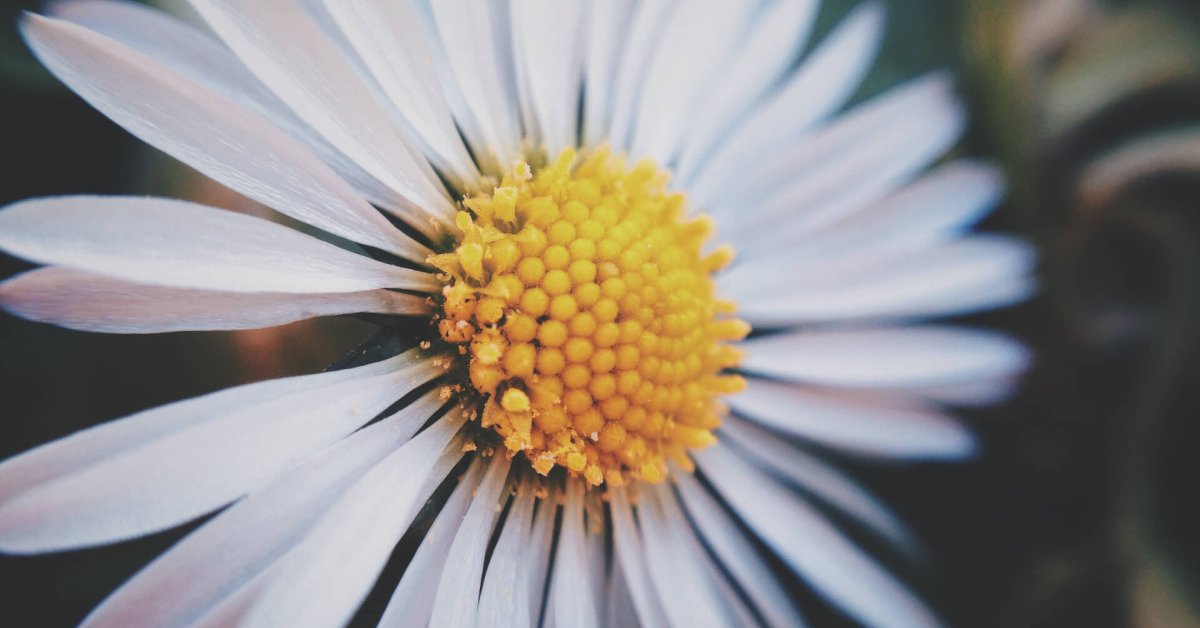When I first started exploring vegan cooking I quickly realized beans are absolute game changers. They’re more than just pantry staples—they’re the backbone of so many plant-based dishes. With their rich flavors and hearty textures beans make every meal feel satisfying and full of life.
I love how versatile beans are. Whether I’m whipping up a quick salad or simmering a comforting stew beans always find a way into my kitchen. They’re my go-to for adding protein and depth without any fuss. It’s amazing how these tiny powerhouses can transform even the simplest recipes into something truly delicious.
The Importance of Beans in Vegan Diets
Beans give every vegan diet a major nutritional foundation. I use beans in my recipes because they supply complete plant-based proteins when combined with grains like rice or quinoa. Protein’s crucial for muscle growth, recovery, and long-lasting energy, especially for active people like me. Lentils, chickpeas, black beans, and cannellini beans each offer between 8 and 18 grams of protein per cooked cup.
Beans deliver key nutrients I count on, including iron, magnesium, potassium, and folate. I rely on black beans and lentils for significant iron content, supporting oxygen transport and energy levels. Magnesium and potassium from kidney beans and navy beans back up heart function and nerve health.
Beans help recipes feel hearty and filling. The fiber in varieties like pinto and navy beans promotes healthy digestion and supports stable blood sugar. With up to 15 grams of fiber per cup, they keep me feeling full after every meal.
Beans adapt easily to many vegan recipes, from chili to dips. I add kidney beans to flavorful stews, mash chickpeas for quick salad spreads, and toss edamame into noodle bowls. Their subtle flavors bring variety while never overpowering the main dish.
I see beans as accessible and budget-friendly for vegan cooking. Canned and dried beans cost less than many other protein sources, making meal planning easier for any household.
Nutritional Benefits of Beans
Beans support plant-based eating with key nutrients and contribute to healthy, satisfying vegan meals. I use them in my own recipes for both their nutrition and ability to make dishes taste hearty and rich.
Protein and Amino Acids
Beans supply the base for protein in vegan diets. Black beans, kidney beans, chickpeas, and lentils deliver 7-9 grams of protein per half-cup cooked serving (USDA FoodData Central). I pair beans with whole grains like quinoa or brown rice in recipes to create a complete amino acid profile, similar to animal-based proteins. This helps support muscle maintenance and energy, especially important for an active lifestyle.
Fiber and Micronutrients
Beans provide excellent fiber for supporting healthy digestion and keeping me feeling full longer. A half-cup serving of cooked pinto beans gives about 7 grams of dietary fiber (USDA FoodData Central), which helps regulate blood sugar and supports gut health. Beans also add key micronutrients—such as iron, magnesium, potassium, and folate—to vegan meals. These nutrients boost red blood cell production, support heart health, and help overall energy levels, making beans one of my top picks for everyday vegan cooking.
Culinary Versatility of Beans
Beans add flexibility and depth to vegan cooking, seamlessly blending into classic and modern recipes. I use them for both texture and flavor, from creamy dips to hearty entrées.
Types of Beans Commonly Used
- Chickpeas: I use chickpeas in hummus, curries, and oven-roasted snacks. Their firm texture holds up well in salads, soups, and patties.
- Black Beans: Black beans fit into tacos, enchiladas, and brownies, giving a rich color and a mild, earthy flavor.
- Lentils: Lentils, like green and red, cook quickly and thicken soups, stews, and sauces, making them perfect for weeknight meals.
- Cannellini Beans: Cannellini beans add creaminess to pureed soups, white bean dips, and skillet sautés.
- Kidney Beans: Kidney beans anchor chili, bean salads, and vegan pasta sauces, holding their shape in simmered recipes.
- Navy Beans: Navy beans work in classic baked beans, as well as vegan casseroles and creamy spreads.
Popular Vegan Dishes Featuring Beans
- Burgers and Patties: I mash black beans or chickpeas with oats, spices, and veggies for high-protein vegan burgers.
- Soups and Stews: Lentils, navy beans, and kidney beans fill my minestrone, chili, and lentil stew to make them satisfying.
- Salads: Cannellini beans or chickpeas get tossed with lemon, herbs, and greens for protein-rich main salads.
- Dips and Spreads: Chickpeas transform into creamy hummus, while white beans blend into garlic-infused white bean dip.
- Curries and Stir-fries: Lentils and chickpeas absorb spices in fragrant curries or quick-cooked stir-fries with fresh vegetables.
- Tacos and Wraps: Black or pinto beans, spiced and sautéed, bring heartiness to vegan tacos and burrito bowls.
Beans build countless vegan recipes that taste great and keep meals balanced, making them central to my cooking and teaching.
Tips for Cooking and Preparing Beans
I rely on beans for both flavor and nutrition in my vegan recipes, so I focus on cooking and preparing them to bring out their best qualities.
Soaking and Cooking Methods
I soak most dried beans to reduce cooking time and improve texture, using an overnight soak in a large bowl with several inches of water. Quick-soak methods save time if you heat beans in boiling water for two minutes, then let them sit for an hour. Lentils and split peas don’t need soaking and cook quickly, usually in 20-30 minutes. For cooking, I simmer soaked beans in fresh water, keeping the heat low to prevent splitting. Adding a piece of kombu seaweed helps beans stay tender and boosts digestibility, especially in chickpeas and black beans. Salt goes in after beans soften to prevent tough skins.
Creative Ways to Use Beans in Meals
I blend chickpeas into creamy hummus, mash black beans for burger patties, and stir lentils into rich soups. I toss cannellini beans with lemon, herbs, and arugula for protein-rich salads. I stir cooked beans into curries or use refried pinto beans in tacos and burritos. For baked goods, I sometimes substitute pureed black beans for flour in brownies for extra protein and moisture. I try different seasonings and bean combinations to create dips, spreads, and even vegan “meatballs”, always focusing on taste and nutrients.
Challenges and Solutions in Using Beans
« The Versatility of Cashews in Vegan Recipes: Creamy Sauces, Decadent Desserts, and More
How to Avoid Nutrient Deficiencies: Simple Tips for Balanced Meals and Lasting Health »
I often hear from new cooks that beans sound great in theory, but real-life cooking brings challenges. Most people ask about digestibility and flavor. Over years of vegan cooking—at home and in my restaurant—I’ve learned how to overcome both.
Digestibility and Flavor Enhancements
Digestibility brings up common complaints like bloating and discomfort. I make beans easier to digest by soaking dried beans overnight or using a quick-soak method—cover beans with boiling water and let them stand for an hour. I discard the soak water, rinse the beans, then cook them in fresh water. Adding kombu seaweed when simmering helps soften beans and break down starches, making them gentler on the stomach. Spices like cumin, fennel, ginger, or bay leaf during cooking can cut down on after-meal symptoms.
Flavor sometimes gets lost when people cook beans. I season beans in layers: salt and aromatics go in after the initial simmer so beans cook through, then I finish with fresh herbs, citrus juice, or a splash of good vinegar just before serving. Roasting chickpeas with smoked paprika, blending white beans with roasted garlic for dips, or simmering black beans with chipotle are easy ways to build taste. I find that experimenting with seasonings not only brings out the best in the beans but also makes plant-based meals much more appealing for everyone at the table.
Conclusion
Beans have truly transformed the way I cook and eat as a vegan. Their versatility and nutritional value make them a staple I reach for day after day. Whether I’m whipping up a quick salad or simmering a hearty stew I know beans will always deliver both flavor and substance.
I love how beans let me get creative in the kitchen while still keeping my meals balanced and budget-friendly. There’s always a new way to enjoy them and they never fail to surprise me with their adaptability. If you’re looking to add more variety and nutrition to your vegan meals beans are the perfect place to start.




